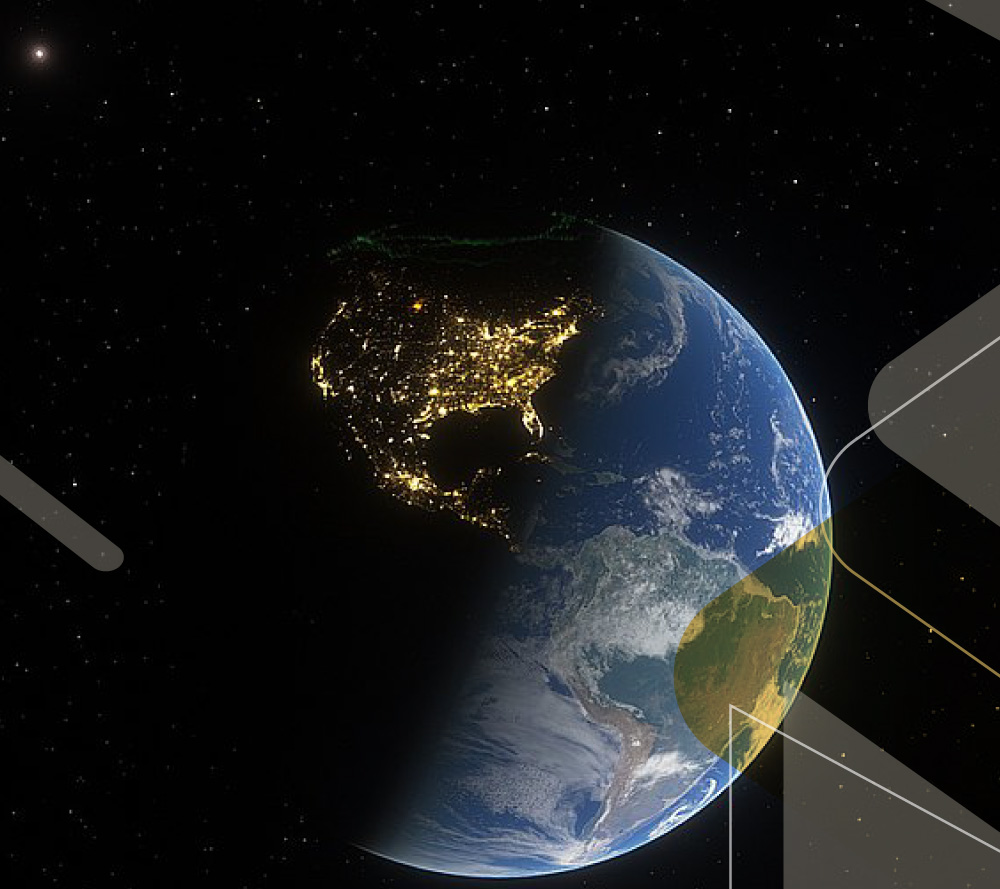
Summer solstice and its culture-defining significance for the Andean people
Before science gave us answers about most natural phenomena, our ancestors interpreted every deviation from the normal order of things as a sign from the gods.
An example of this is the summer solstice (which happens today in the southern hemisphere!).
Each December 21, the southern half of Earth is most acutely tilted towards the sun, which causes this day to be the longest of the year and marks the beginning of summer. This doesn’t mean that the weather will immediately change, of course, but it means that the days will get shorter and shorter until the next solstice on June 21, and it’s time to prepare for the warmer season.
Why would this matter at all for anyone, besides astronomy geeks? Because it has direct implications on agriculture! From this week on, the sowing season starts in the southern hemisphere, as it has been and since the dawn of agrarian civilizations.
During the Inca empire (13th to 16th century AD), humans living in modern-day Ecuador, Peru and Bolivia noticed these astronomical phenomena and adapted their technology, production rhythms and engineering accordingly. They matched each stage of the agricultural process with the 4 annual solar events: the winter solstice in June, spring equinox in September, summer solstice in December, and autumn equinox in March.
Each occasion was marked by a distinct celebration. In the case of the summer solstice, happening today, the Incas finished the sowing stage and held rites for Inti, the sun god, beseeching it for a healthy season of growth. Rituals included sacrificing 100 llamas whose bodies were burned using aromatic quinoa firewood, and later throwing those ashes to the ocean, which they considered their supreme deity called Viracocha (equivalent to Saturn or Brahman).
Inca noblemen took the male teenagers from their families out to the city temple for their adulthood-initiation rites, where the youngsters were grouped in opposing sides and tested in their abilities for defending the empire. The embalmed dead were brought out from their tombs to “observe” the occasion.


As you can see, an astronomical event that has so little significance for us, modern humans, was a culture-defining moment for ancient civilizations such as the Incas. Most of these traditions were annihilated during the Spanish conquest of South America starting in 1532, but some remnants can still be found in the most unexpected villages of the Andes.
In the Ecuadorian provinces of Tungurahua and Chimborazo, where the indigenous population are the highest in the country, the eldest men of the communities cut the children’s nails as a ritual act, and deliver hoes, picks and shovels to the children of the community, so that they can carry out their first weeding.
Another legacy is communitarian dances held at the communitarian squares, where men and women, hand-in-hand make a circular choreography, resembling a spiral movement. The symbolizes the Inca’s spatial-temporal perspective. Their culture did not believe in the horizontal before-present-after structure of time, but rather that the past and future were contained in the present, and this was always spiralling upwards.
Astronomical events cause things to get really intense inside Ecuadorian indigenous communities, and curious visitors are welcome to join the revelry. Book a tour with Andean Travel Company and have the folkloric encounters of a lifetime.
Read also:
